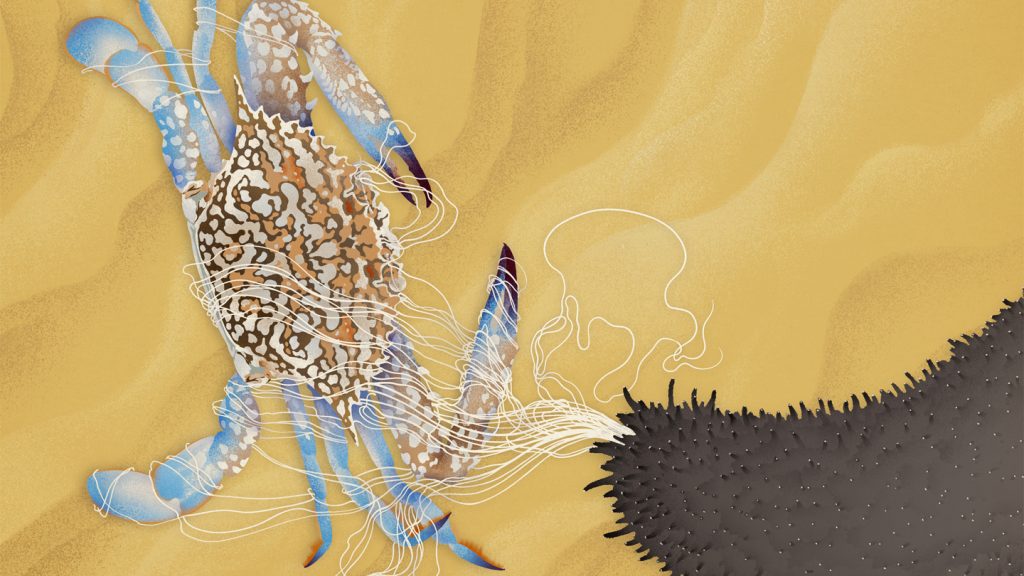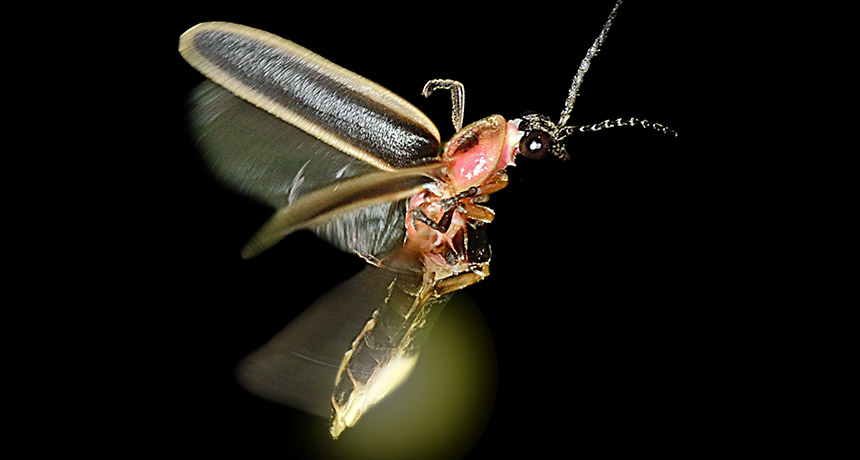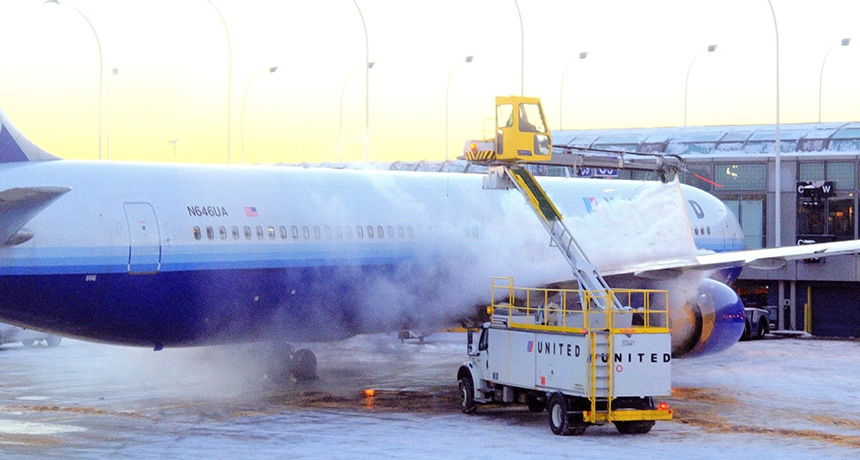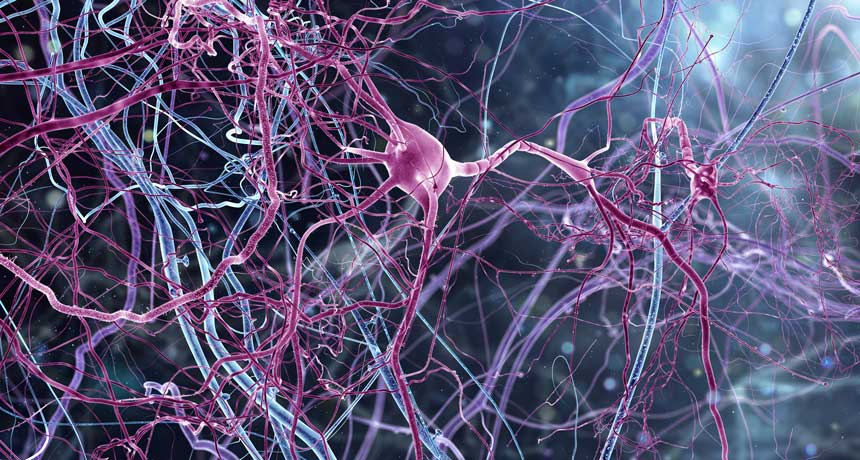This sea cucumber shoots sticky tubes out of its butt. Its genes hint at how

Some lizards shed their still-wriggling tails to distract predators, but sea cucumbers take this sort of strategy to the next level. Some startled sea cucumbers shoot a silky — and sticky — substance out of their rear ends that is actually an entire organ.
The tangle of tubules looks like intestines, but it evolved from the invertebrates’ respiratory system, and, like lizard tails, it regenerates after use. In a new study in the April 10 Proceedings of the National Academy of Sciences, researchers delved into the black sea cucumber’s genome to see how the stringlike tubules, called the Cuvierian organ, work at the molecular level.
The black sea cucumber (Holothuria leucospilota) is “the most dominant sea cucumber species in the South China Sea,” says Ting Chen, a biologist at the South China Sea Institute of Oceanology in Guangzhou. “We would like to know what evolutionary advantage this sea cucumber has gained … so that its population can expand so widely and predominantly.”
So the team analyzed the sea cucumber’s entire genome, or genetic instruction book, and focused on genes from the Cuvierian organ because it’s such an odd structure. Then the team predicted what proteins would be made from Cuvierian organ genes using a program called AlphaFold (SN: 9/23/22). Some unexpected predicted proteins were new types of receptors on cells’ surfaces that may play a role in expelling the organ.
The team also found that the “silk” proteins of sea cucumbers’ tubules don’t contain the same sequences of amino acids seen in spider silk, but are similarly made up of long repeated chains of amino acids. This finding hints that these long repeats might be a shared structure across silklike proteins, even when those proteins evolved independently.
What’s more, Chen says, is that the organ’s stickiness — which stops sea cucumber predators like fish, crabs and starfish in their tracks — comes from proteins that have features similar to amyloids. Amyloids are associated with many diseases in humans, including neurodegenerative conditions like Alzheimer’s (SN: 9/9/15).
This paper not only highlights unexpected proteins that are specific to the Cuvierian tubules, says Patrick Flammang, a biologist at the University of Mons in Belgium who was not involved with the study. It also provides a lot of data that can be used to answer other questions about how the enigmatic organ evolved, he says.
And the usefulness of a high-quality genome doesn’t stop there. “We need genomic data for our studies on the reproductive, endocrine, immune and digestive systems of H. leucospilota,” Chen says. The team, he says, is now investigating the genetics behind how the sea cucumbers detect light and digest food.
A good genome, Flammang says, is “a cornerstone to be able to do this work.”








